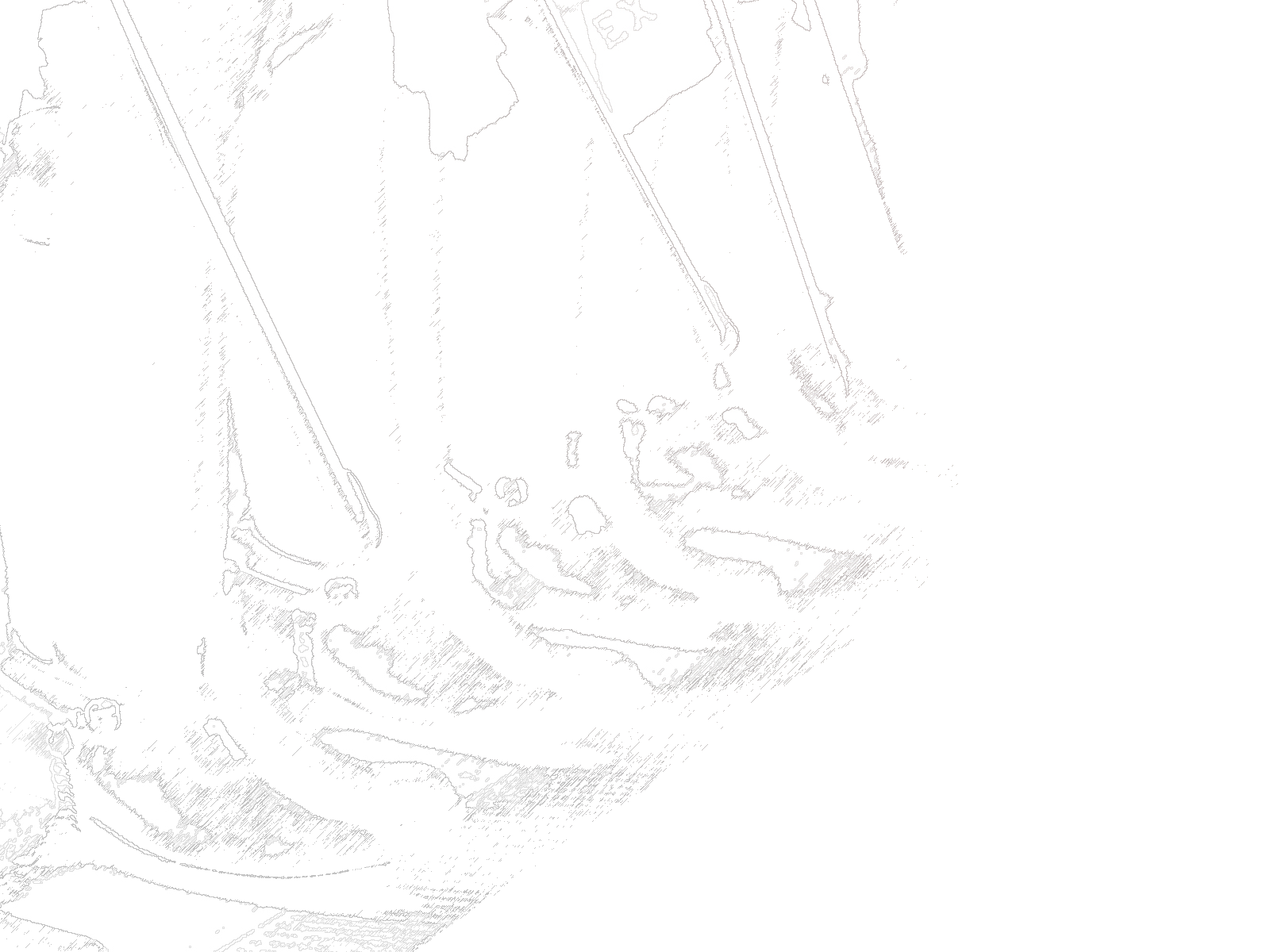Here is my full column that ran earlier in the week in the Washington County Daily News
The U.S. Consumer Price Index, the key measurement for inflation, jumped to 7% in December marking the highest inflation rate we have seen since “Star Trek II: The Wrath of Khan” was released in theaters. It is only going to get worse. There is no sign of inflation abating any time soon and it has lit a fuse that will ignite massive increase in taxes and spending.
The CPI measures a basket of goods that is designed to be representative of an average American’s expenses. While overall expenses have gone up 7%, the distribution is even more troubling. According to the Bureau of Labor Statistics, the big drivers are protein foods (12.5%), gasoline (49.6%), fuel oil (41%), natural gas (24.1%), used cars and trucks (37.3%), and new vehicles (11.8%). The extreme price increases in the energy sector are drastically increasing transportation costs and will further ripple through the economy as businesses try to get goods to consumers.
Even worse, the Producer Price Index, which measures the change in prices from the perspective of the sellers, rose faster than CPI at 9.7% in 2021. That is the largest calendar year increase since this metric was first calculated in 2010. With the PPI higher than the CPI, it indicates that businesses are absorbing some of the inflation and not passing all of it along to consumers… yet. As businesses realign their consumer prices with their costs, we can expect to see the CPI continue to rise.
All of this has a direct impact on every Wisconsinite as the costs of groceries, fuel, home-heating, and other essentials continue to increase. Buckle up, because it is going to get worse as those inflation numbers hit government budgets.
Wisconsin has always been a high tax state, but over the years, Republicans have put a few safeguards in place by capping increases to the rate of inflation. That was sensible when we had inflation of 2% or 3%. As inflation moves to 7% or possible above 10%, the ability of Wisconsinites to afford their government will be severely strained.
For example, in 2011, the Republicans implemented Act 10, which did a number of things including restricting public employee unions to being able to only negotiate wages up to the rate of inflation. In practice, that meant that most public employees have been receiving wage increases at the rate of inflation every year. With employee costs representing 70% or more of most government budgets, that means that 2022 will see significant spending increases for no additional value.
Also, Wisconsin caps government school district spending increases to changes in enrollment and inflation. Higher inflation means a much higher spending increase limit for school districts to pay for those increases in employee wages. This will drive a steep increase in property taxes at the same time that the housing prices upon which property taxes are based have gone up 9.5% according to the Wisconsin Realtors Association.
While spending and tax increases of 7% or more are looming, the ability for Wisconsinites to afford those increases is not keeping up. According to the BLS, Wisconsin’s wage growth ranks 37th in the nation for the third quarter of 2021, the most recent data available. Wisconsin’s average hourly wage in the private sector increased at a rate of 3.9% — a little more than half the rate of inflation. As inflation is squeezing Wisconsinites’ expenses, government is about to take a bigger slice. For those who are retired or on a fixed income, the bite of government will be even more severe.
To make it even worse — sorry, there is no good news here — recall that inflation measurements are a lagging indicator. Government budgets this year will be set based on inflation incurred last year. When inflation does eventually abate or a period of deflation possibly sets in, there is no mechanism to rein in the inflationary spending of government. Those spending increases will be baked into the pie forevermore unless elected leaders are willing to actually cut spending — something that neither Republicans nor Democrats have been willing to do in Wisconsin in my lifetime.
The only way to snuff out the fuse is to elect people who are willing to say “no” to increasing spending even in the face of inflation. Wisconsin’s private-sector workers are suffering from President Biden’s inflation. Government employees should not be immunized from inflation at the expense of their private- sector neighbors. It starts right now with the primaries for local government elections and the general election in April. It continues through the November elections. The people we elect in these next two general elections will be the ones making budget decisions at the end of the year.
Choose wisely.
